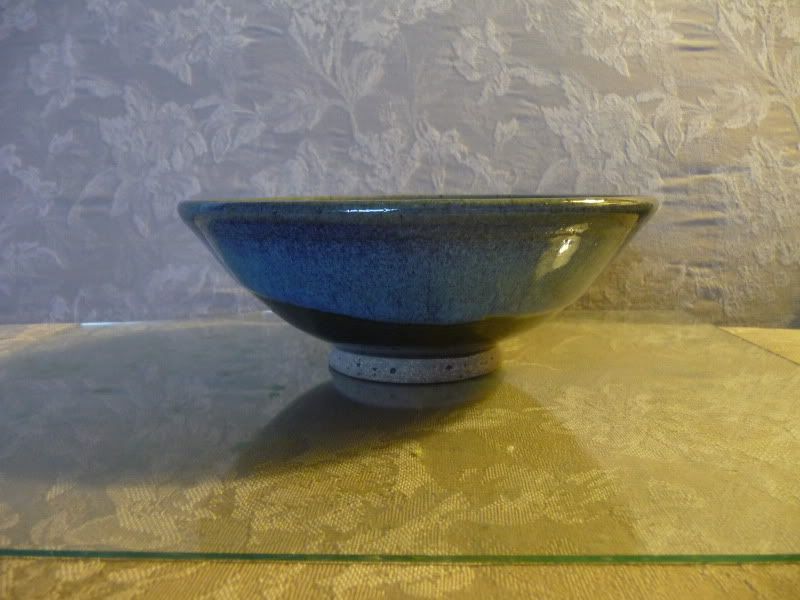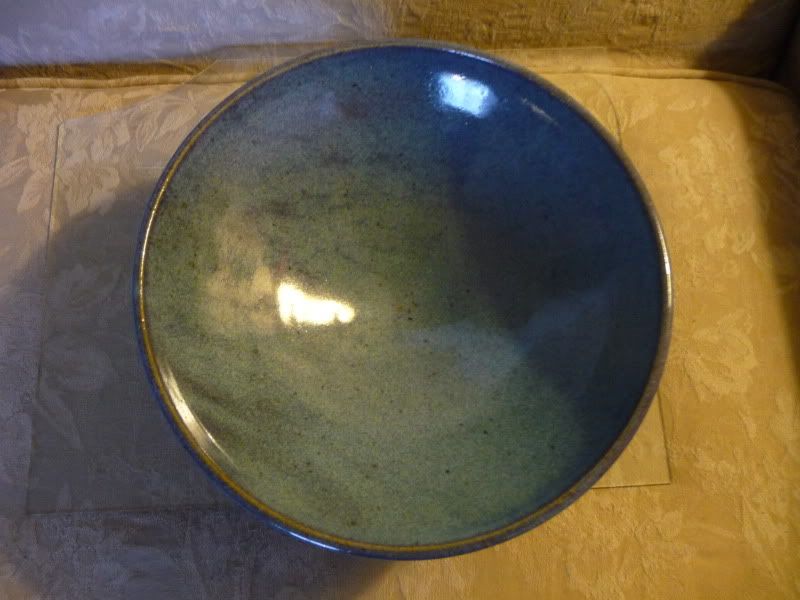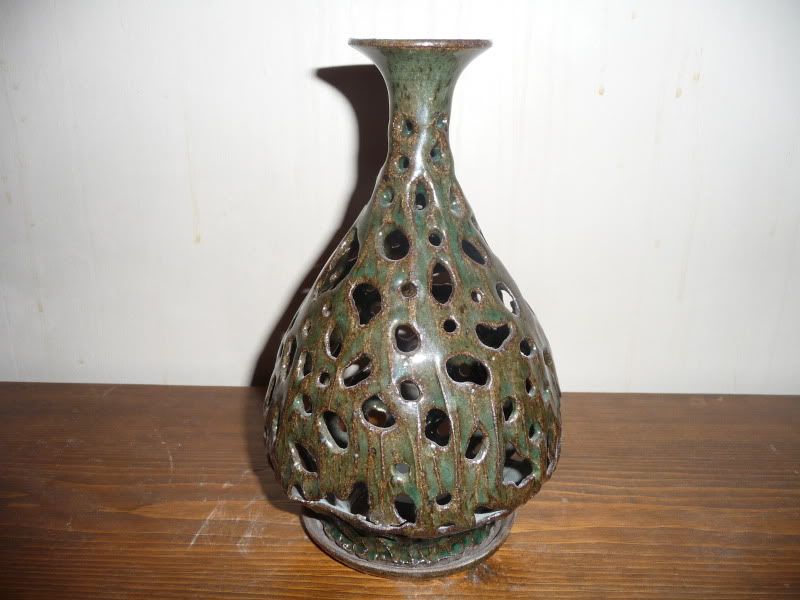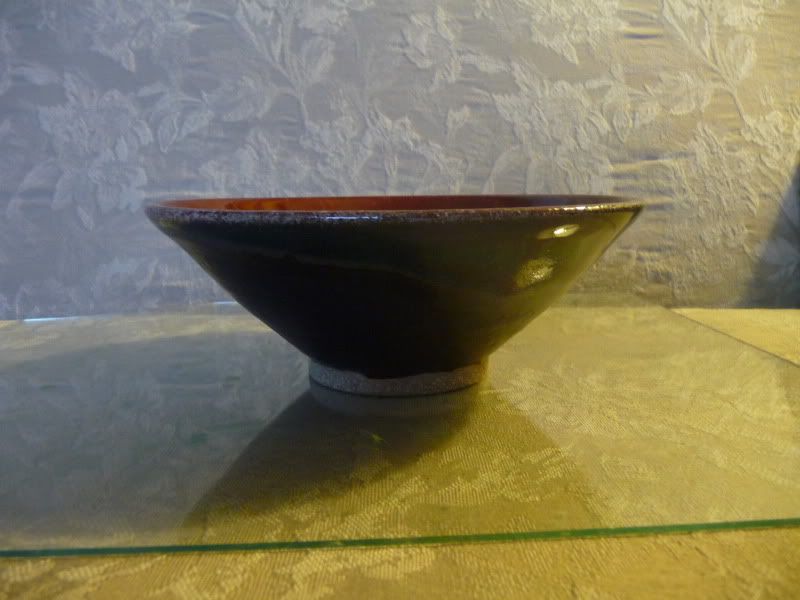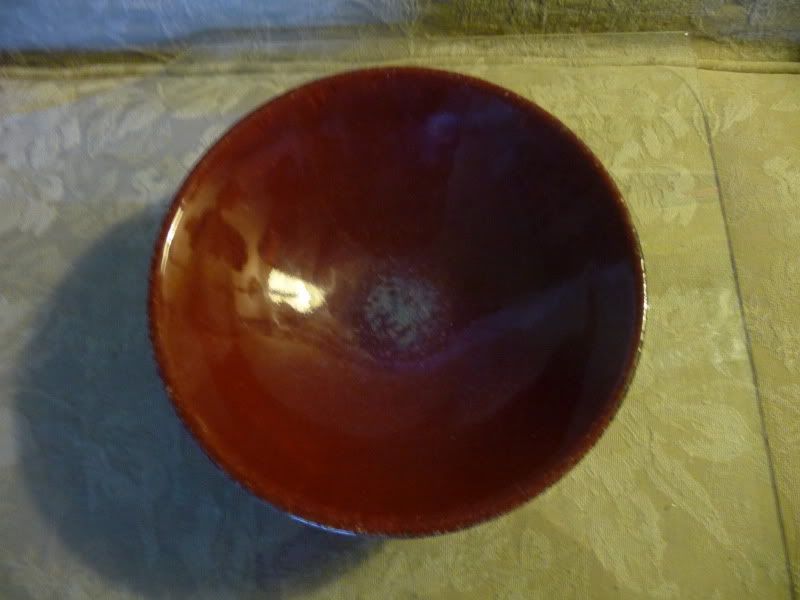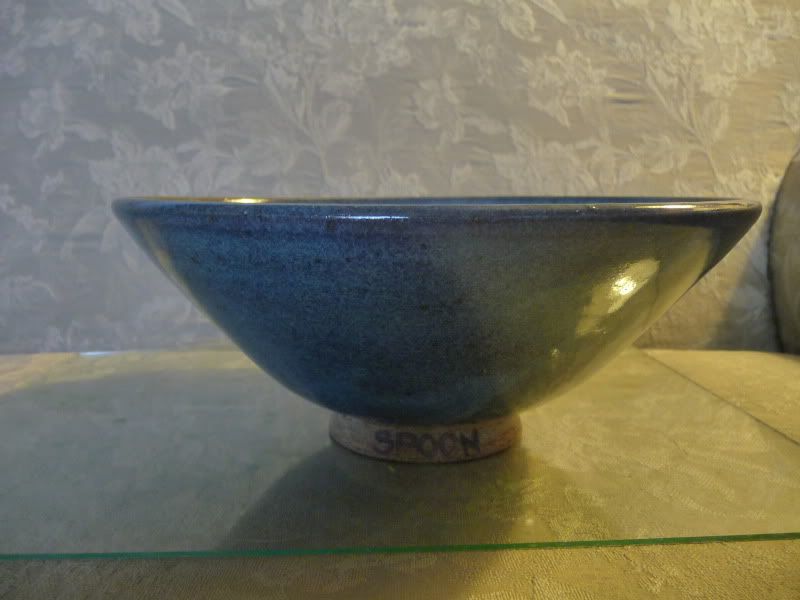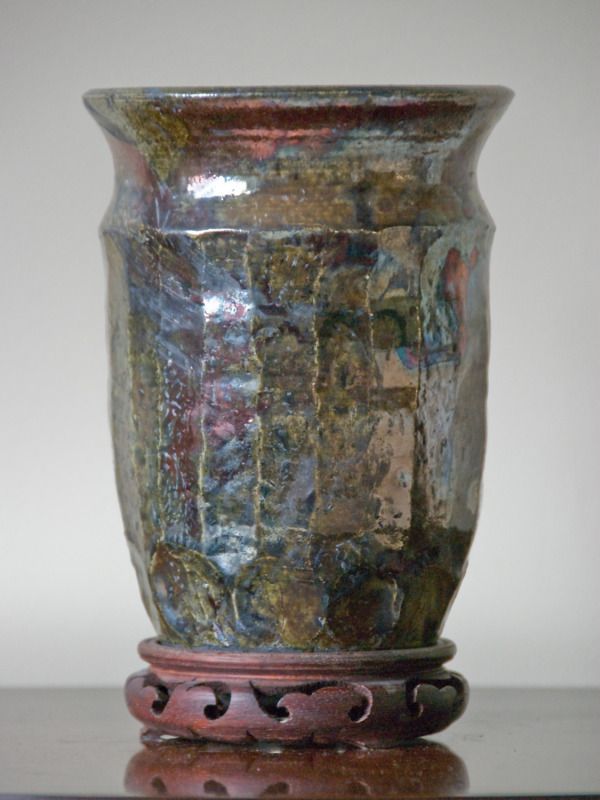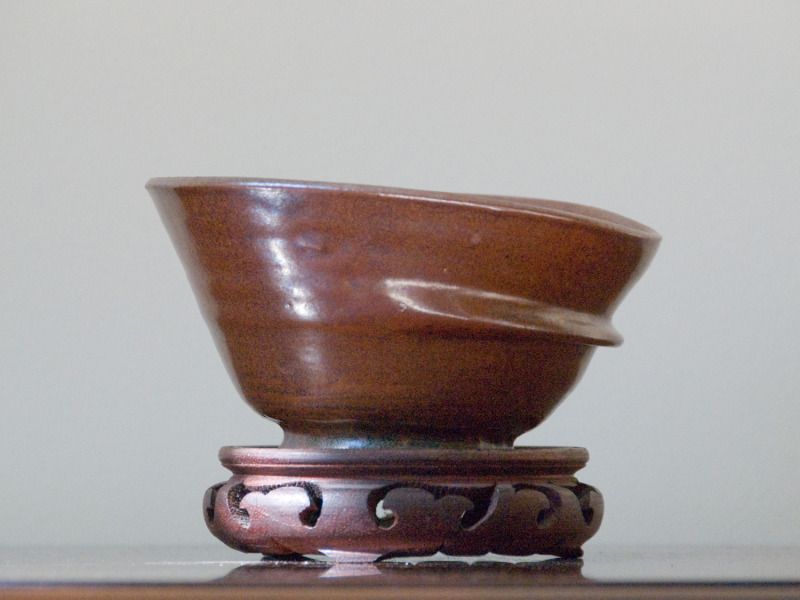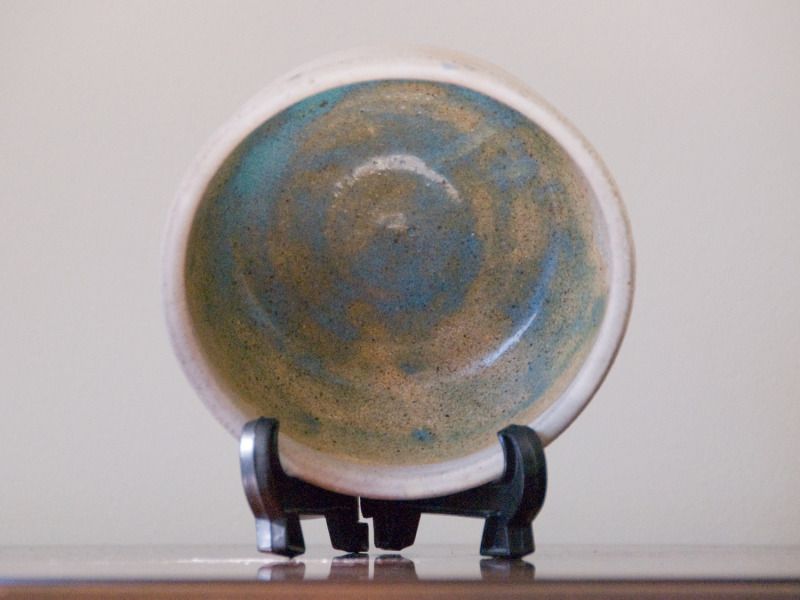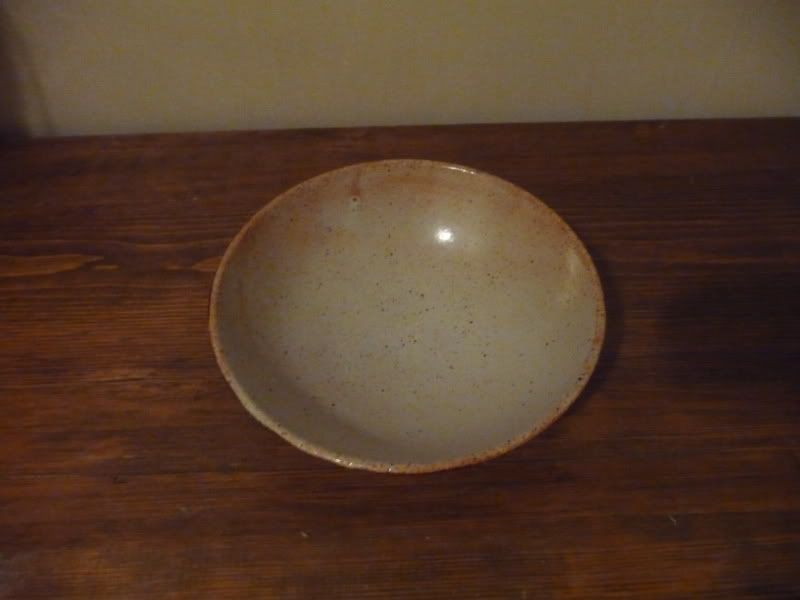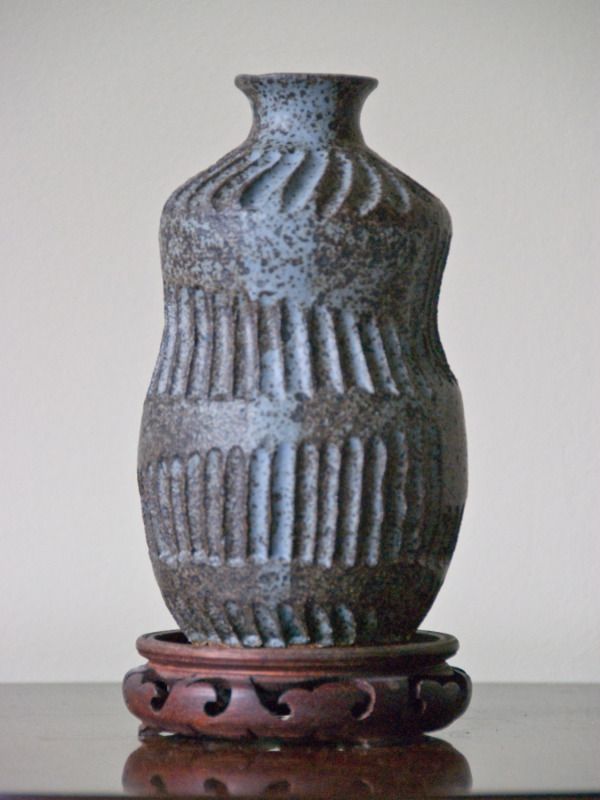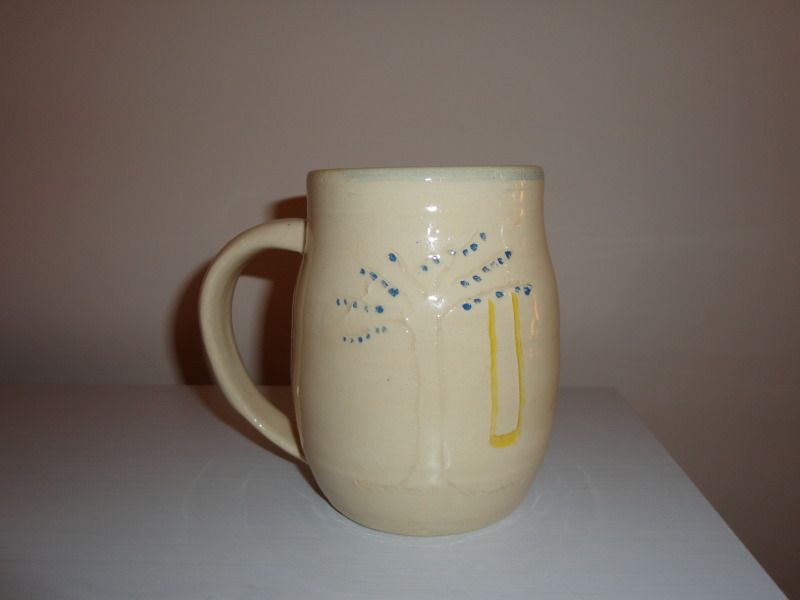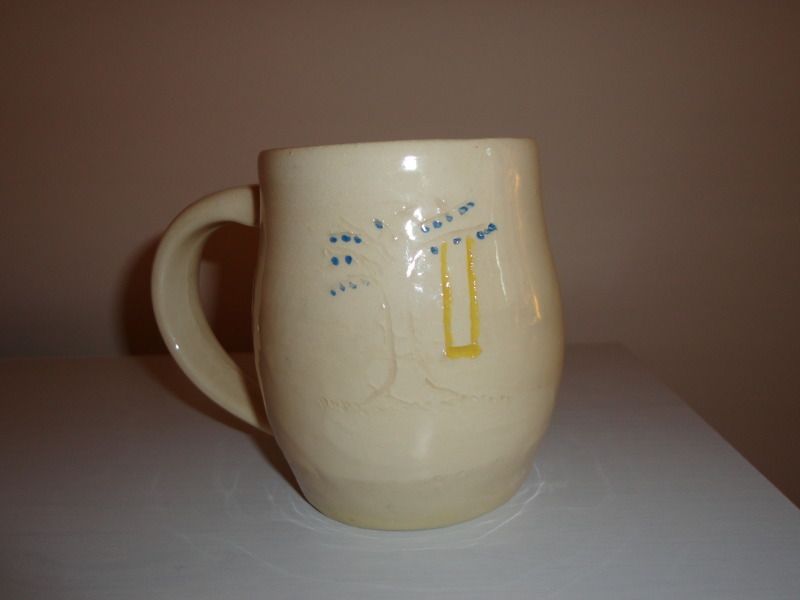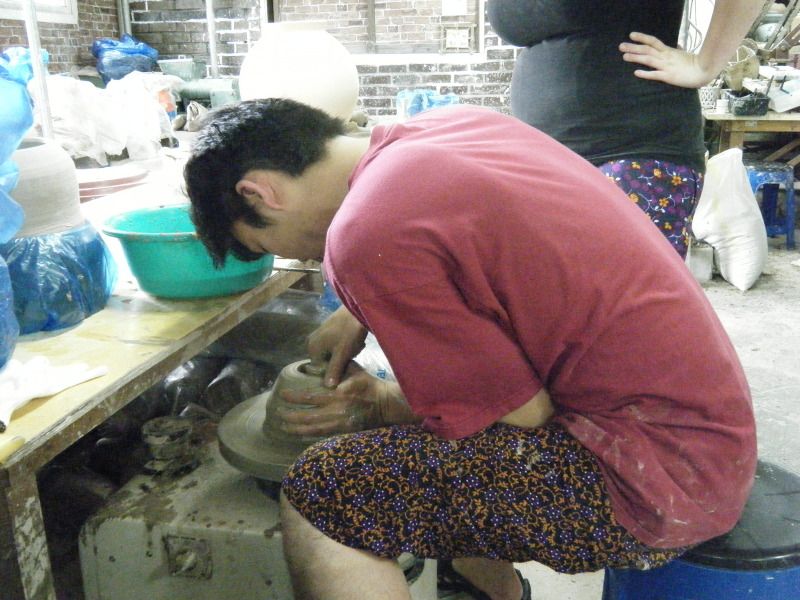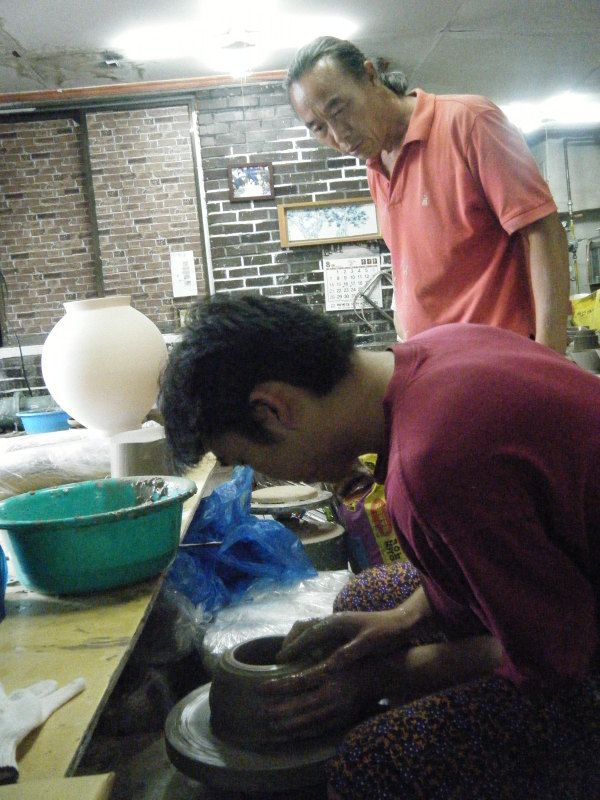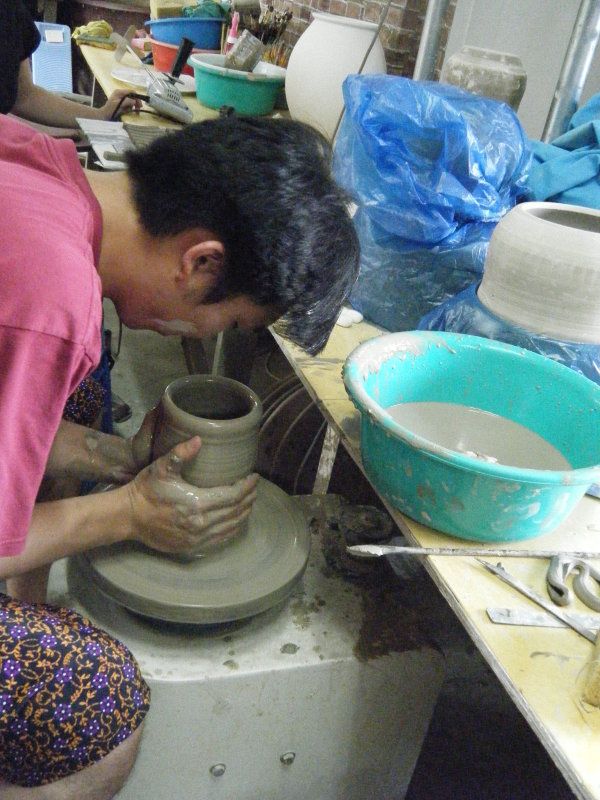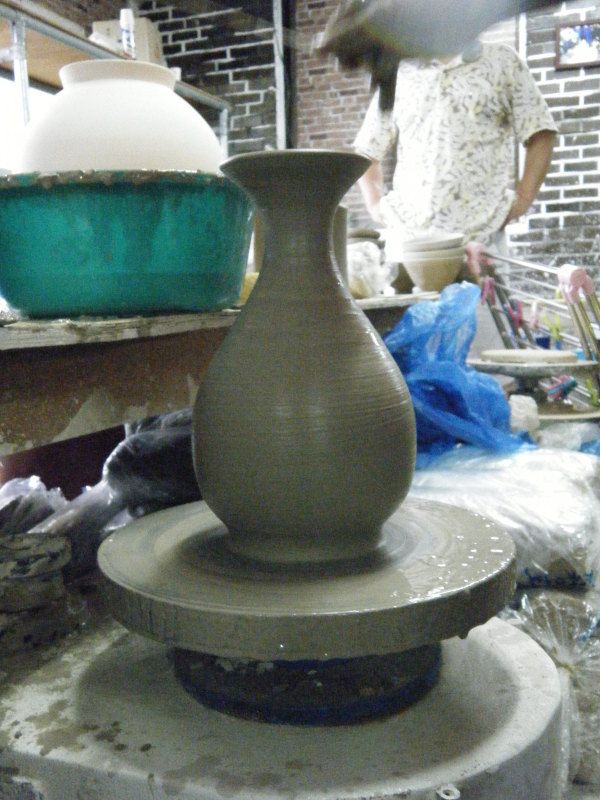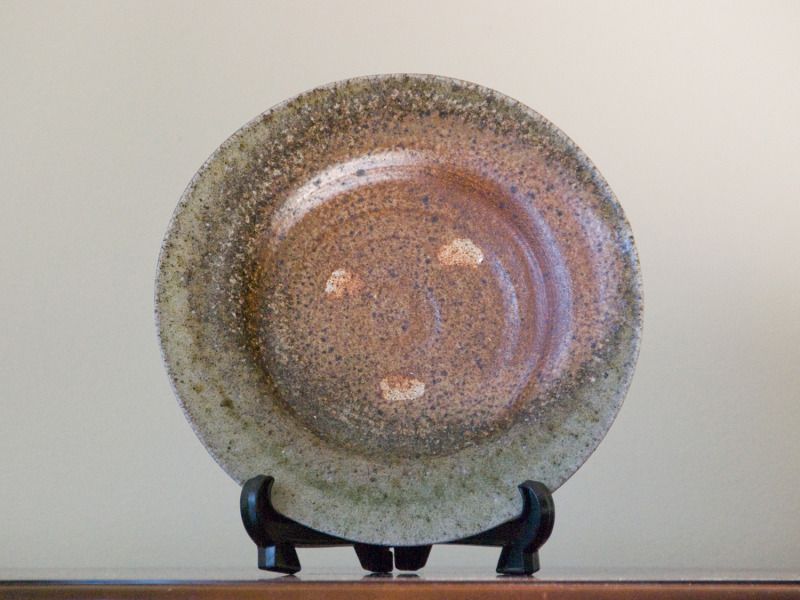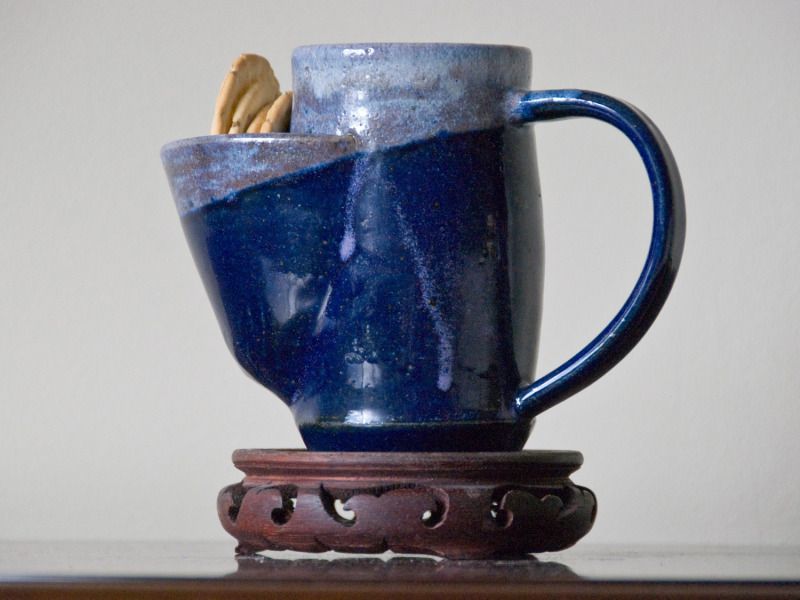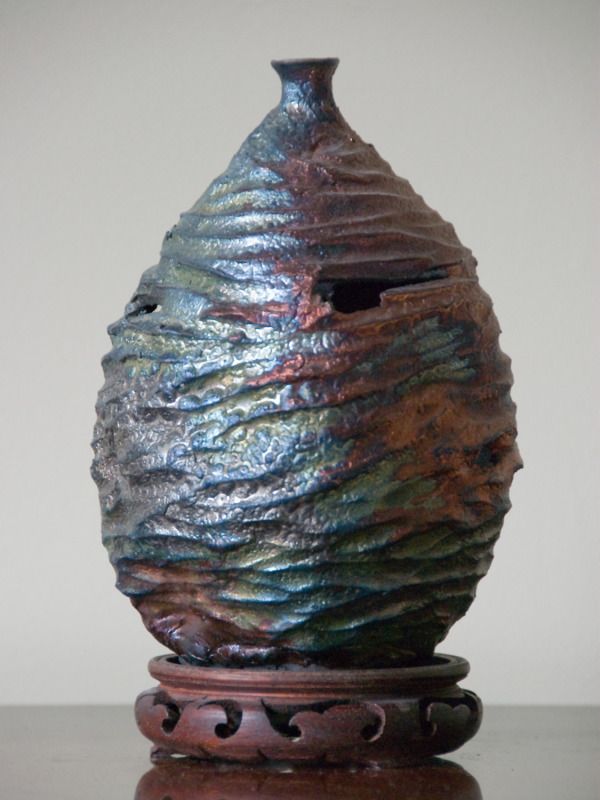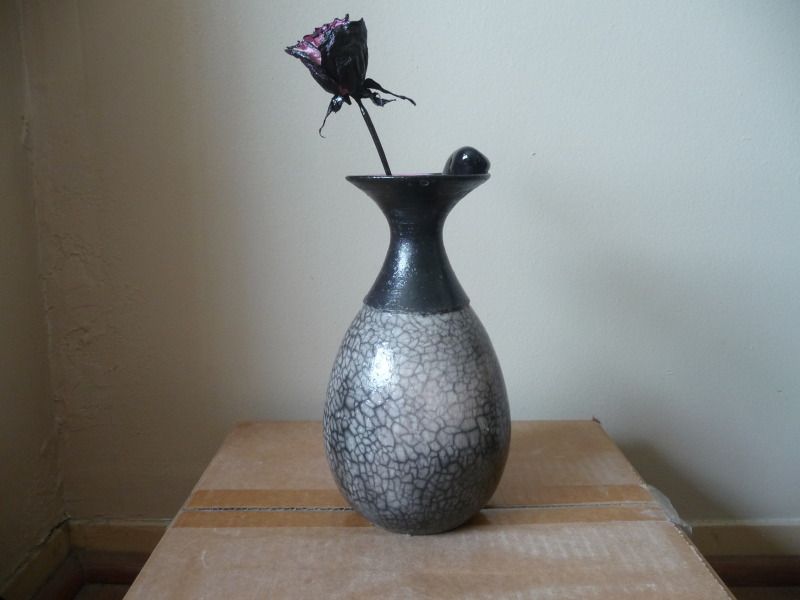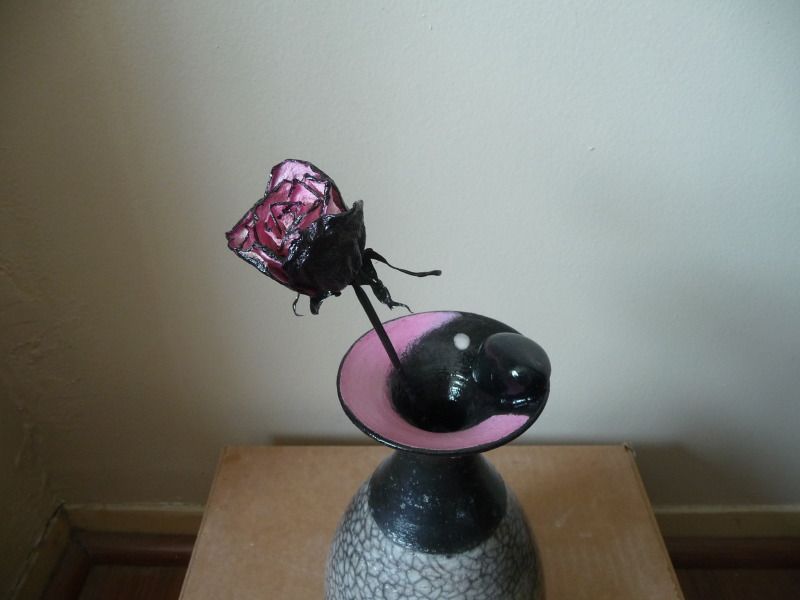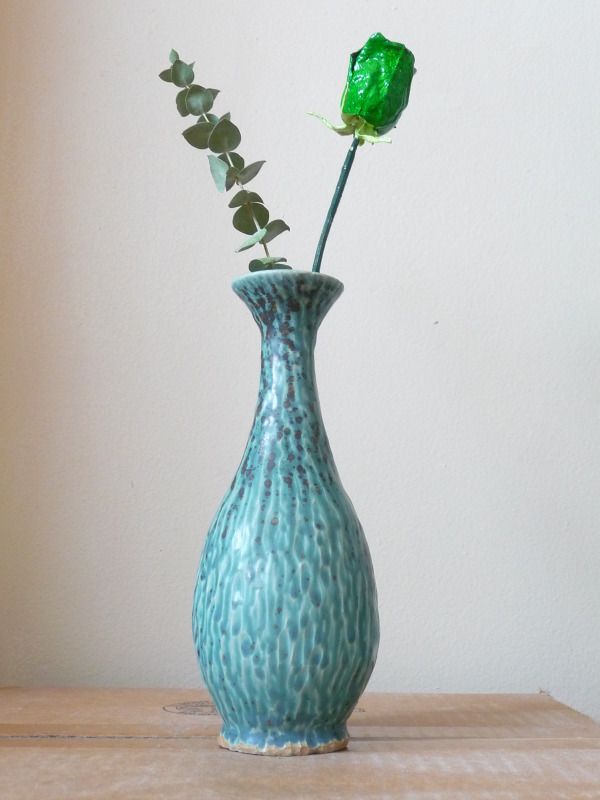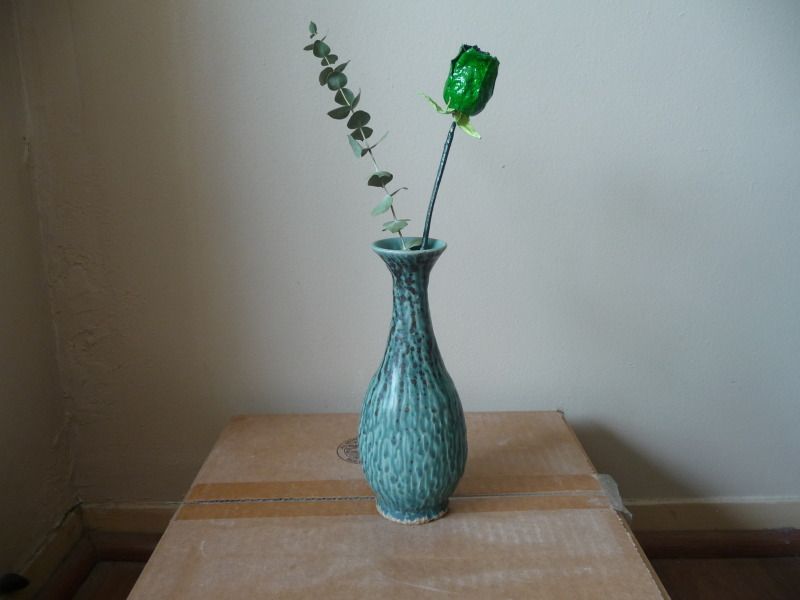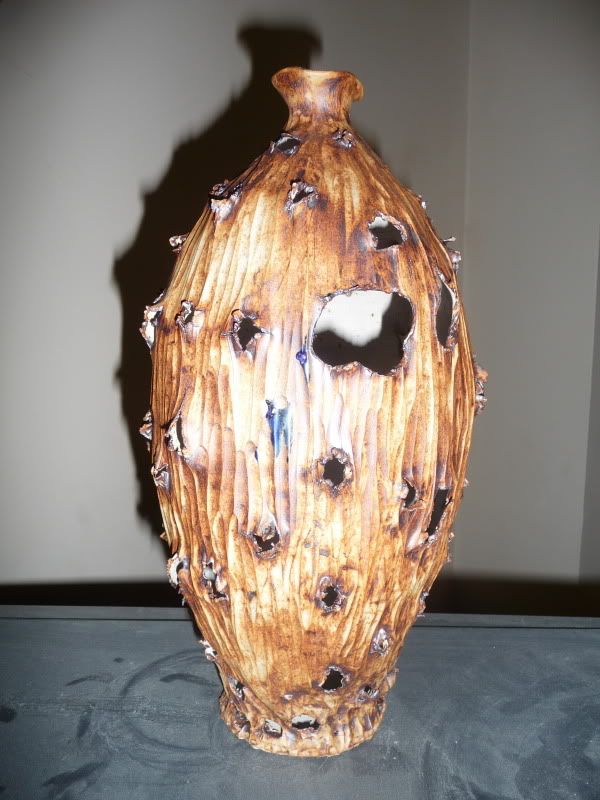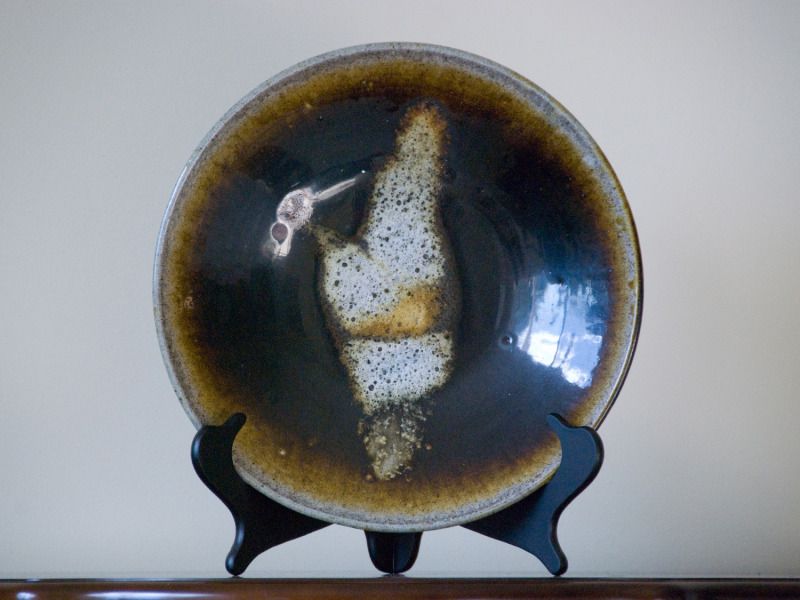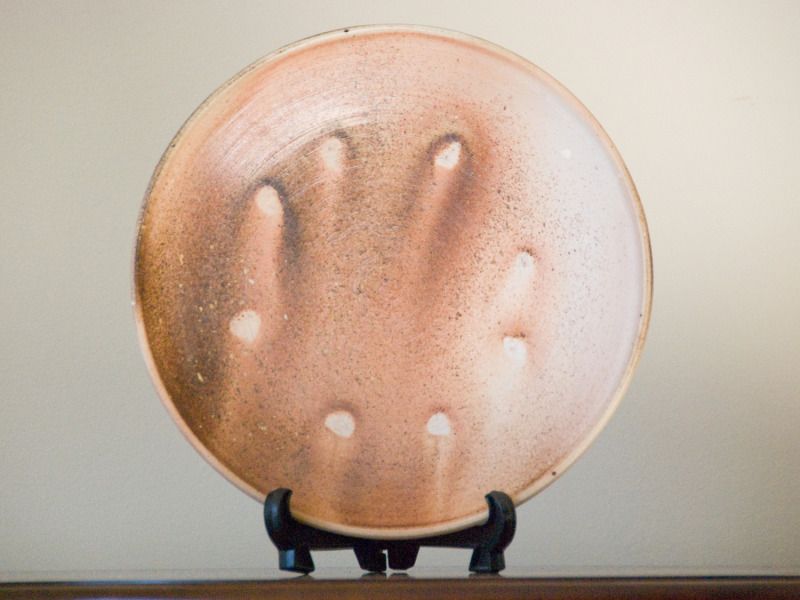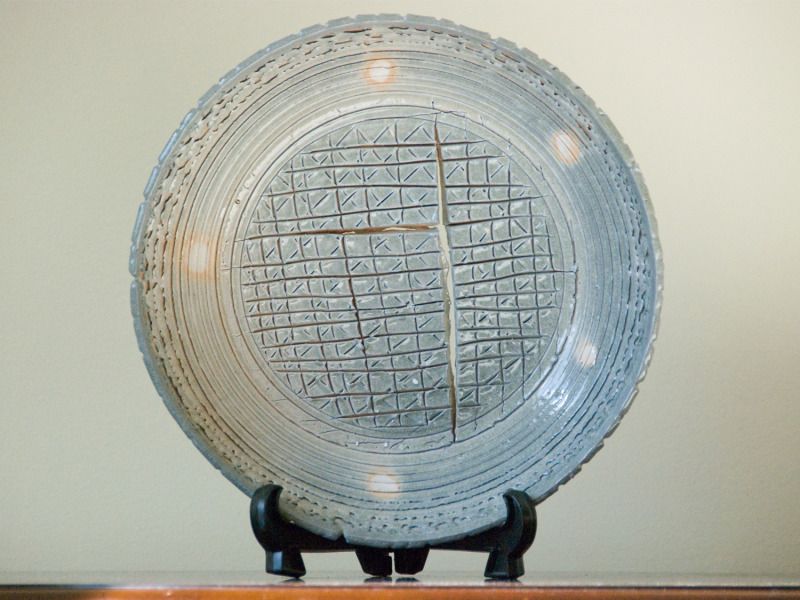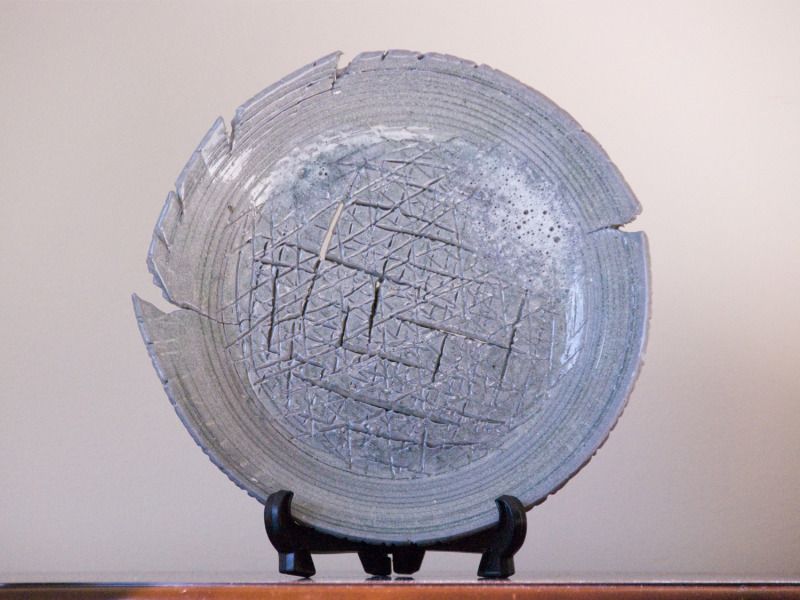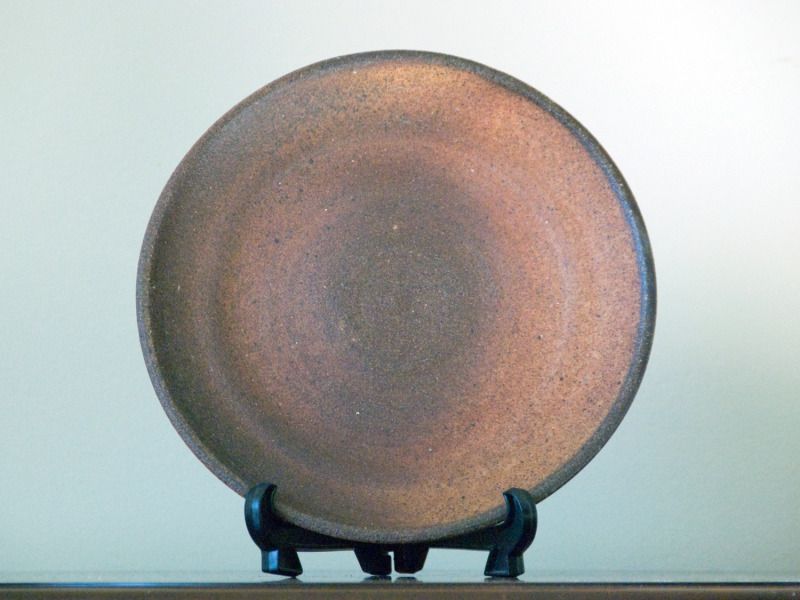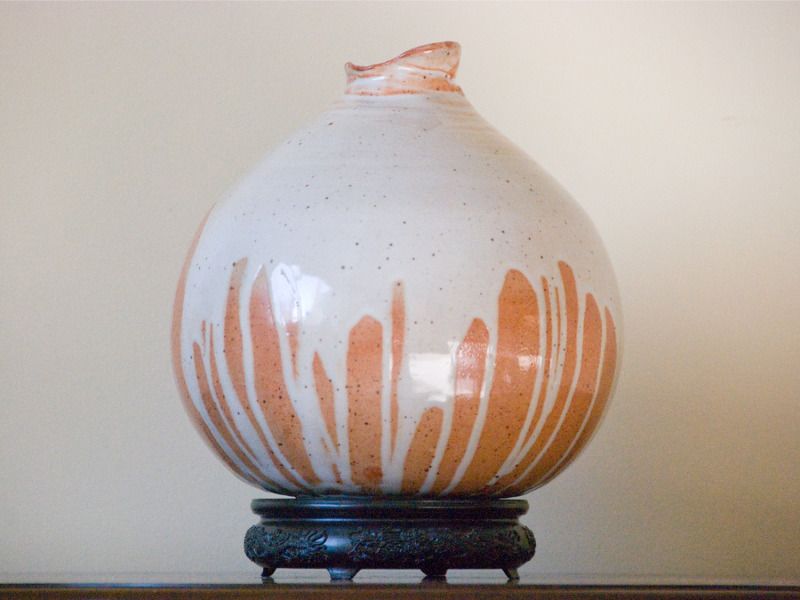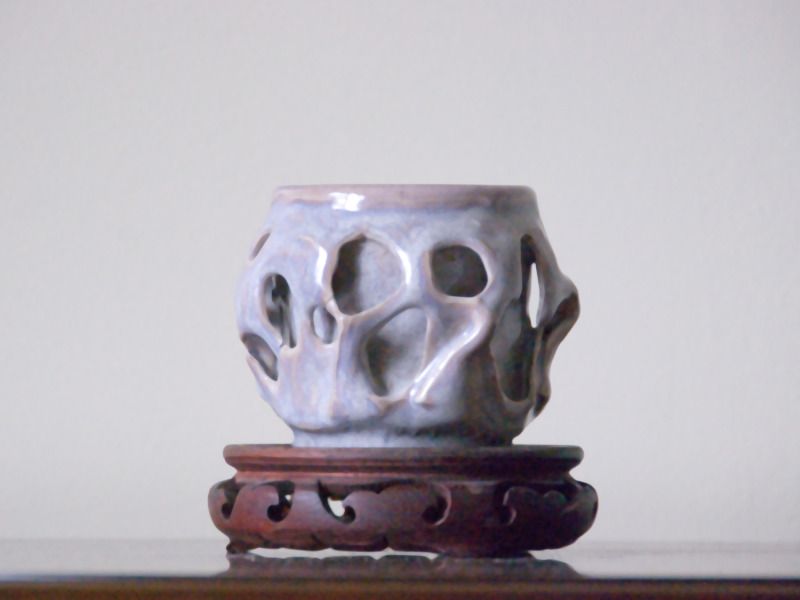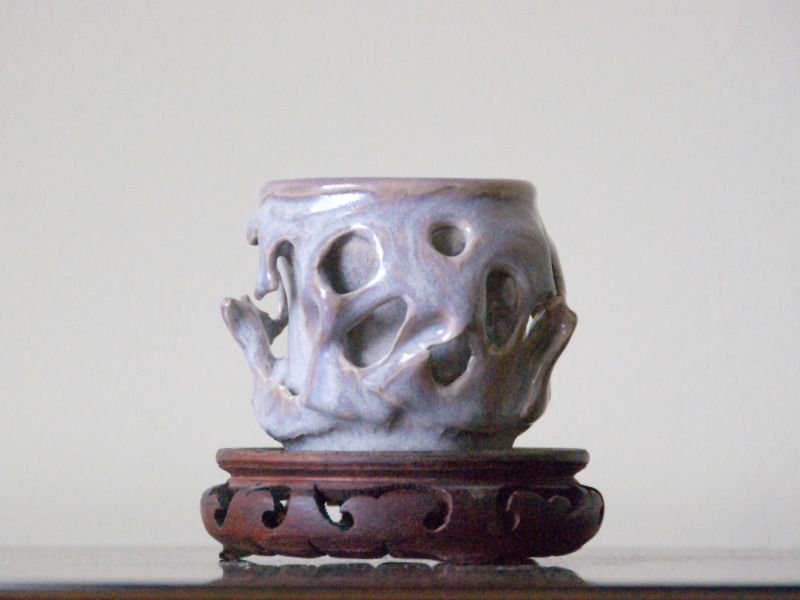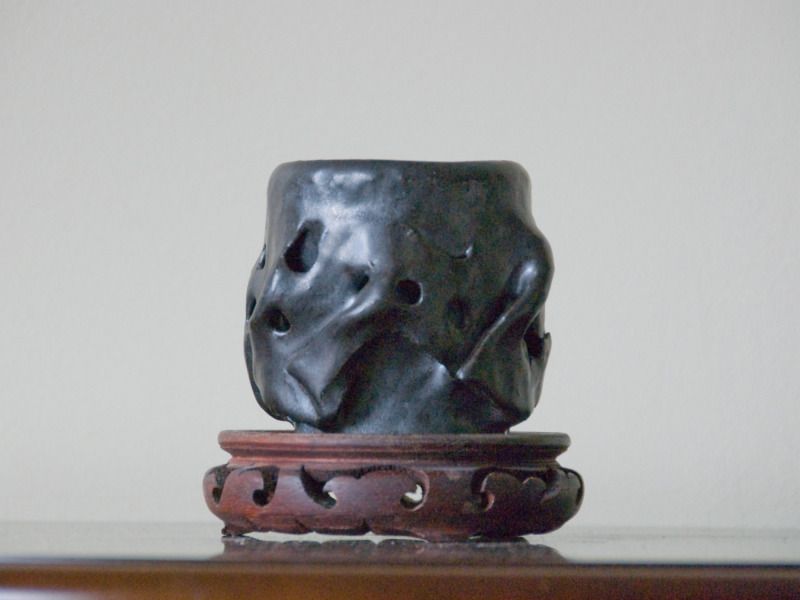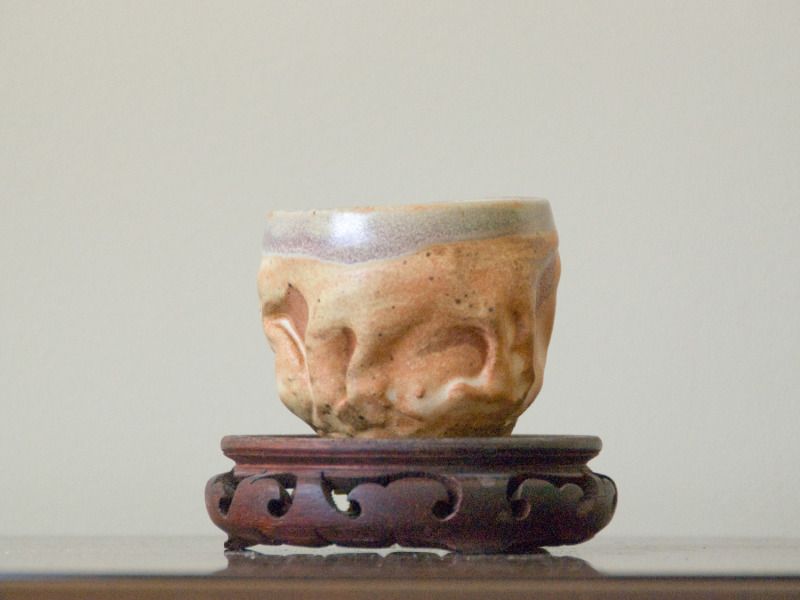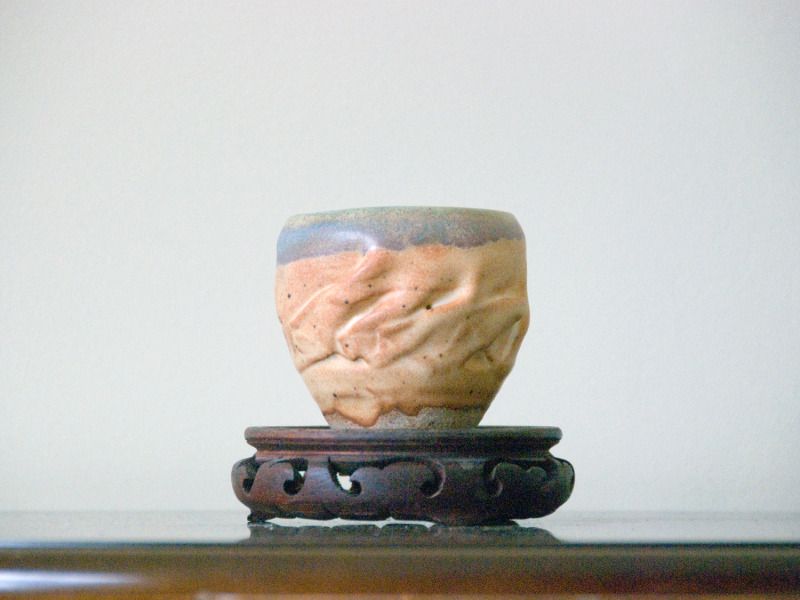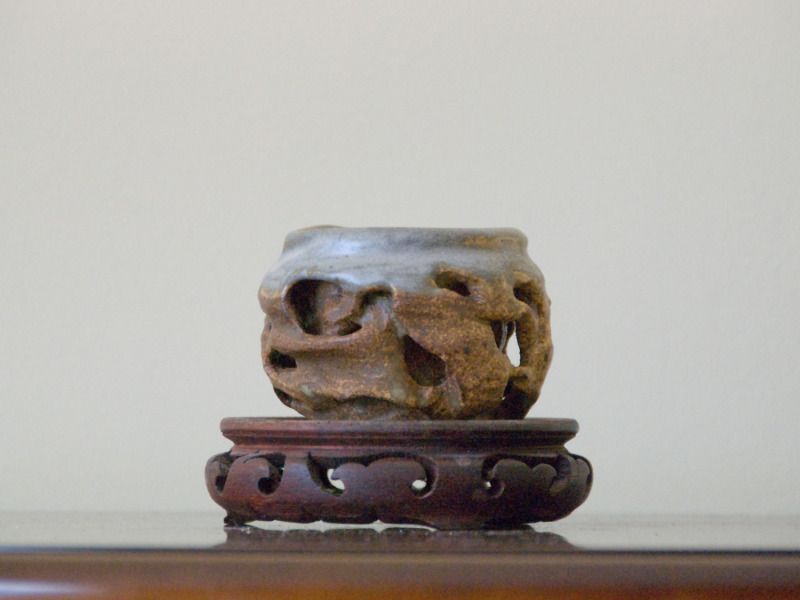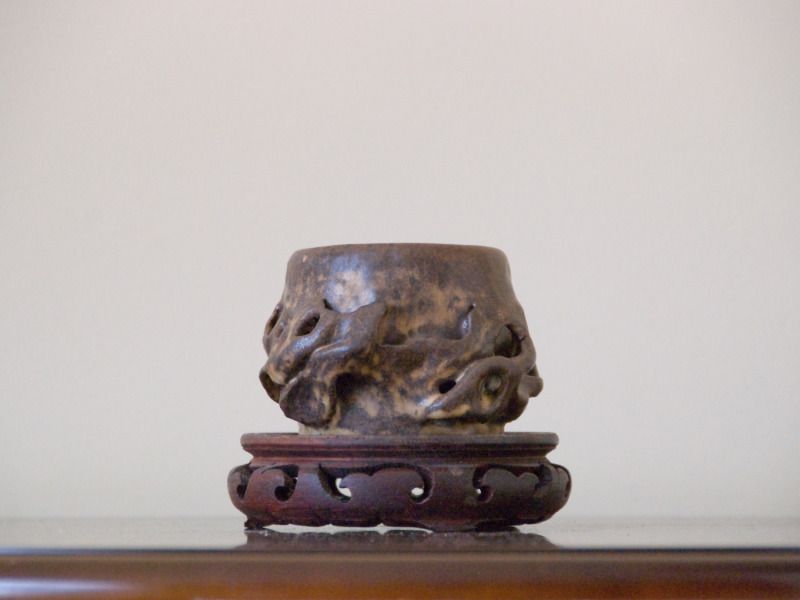Monday, December 30, 2013
Wednesday, December 25, 2013
Wheel in Prague
I've used wheels from different countries before, but I think I had the most difficulty with this one in Prague. There are two pedals: a gas and a break, which made for a weird tension while trying to stay focused on a piece.
Over the span of a week, I was able to produce a few pieces, trim, and then glaze them (they sent the pieces to me after they were fired). What struck me the most was their glazing techniques and the colors they used. They do some great pottery. Had a great time working in their studio.
Sunday, December 22, 2013
Wednesday, December 18, 2013
Tuesday, December 17, 2013
Saturday, December 14, 2013
Friday, December 13, 2013
Tuesday, December 10, 2013
Techniques from Africa
"This video demonstrates the five major techniques used by potters in Burkina Faso, Ghana, and Nigeria. The techniques include concave mold, convex mold, coiling, direct pull, and hammer and anvil. You can see Bwa, Jelly, and Mossi potters in Burkina Faso, the Ashanti potters in Kumasi Ghana, and Igbo and Yoruba potters in Nigeria. In addition there are two detailed videos of pottery firing."
Saturday, December 7, 2013
Thursday, December 5, 2013
Saturday, November 30, 2013
Friday, November 29, 2013
Tuesday, November 26, 2013
Saturday, November 23, 2013
Contemporary Korean Ceramics
Lecture: Showcasing some work by contemporary ceramic artists
more here: http://koreanceramicart.blogspot.co.uk/
more here: http://koreanceramicart.blogspot.co.uk/
Friday, November 22, 2013
Wednesday, November 20, 2013
Mug: Yellow and Purple
photo: dj gilder
Forget when I made this, maybe 2010?
Double dipped - the bottom is cushing yellow, can't remember the name of the purple...
info: firing tips for saggar and raku
"The saggar firing is more successful if the saggars are similar to
the size and shape of your pot. A tall vase will require two elongated
bowl shapes, or one very tall saggar with a shallow bowl lid. A small
pot round pot needs a smaller round saggar. For the best results, allow
at least an inch of air space between your saggar wall and the sides of
your pot. The amount of air space on the top of the saggar is not as
critical, and variations in space provide variations in your finished
pot. Typically, you should have at least an inch to about 5 inches of
space above the pot.
The walls of the saggar are thrown to about ¹/8 to ¼ of an inch thick. A consistent thickness throughout the saggar walls helps to prevent cracking during the firing process. Even so, the saggars will eventually crack. The crack can be patched with kiln cement and used until they completely fall apart. The saggars are bisque fired to cone 08–06."
More info here
The walls of the saggar are thrown to about ¹/8 to ¼ of an inch thick. A consistent thickness throughout the saggar walls helps to prevent cracking during the firing process. Even so, the saggars will eventually crack. The crack can be patched with kiln cement and used until they completely fall apart. The saggars are bisque fired to cone 08–06."
More info here
Saturday, November 16, 2013
Thursday, November 14, 2013
Milk and Cookies mug
photo: dj gilder
Can't remember exactly when I made this one either, nor do I remember which glazes I used.
But it was a challenge presented to me. Had fun making it.
I called it "milk and cookies" even though I have crackers in there.
Tuesday, November 12, 2013
raku bottle
photo: dj gilder
Bottle thrown then carved.
Raku fired with a mixed sand glaze
Height: appx. 6-7 in.
info: Making a living as a potter
Diana Fayt says:
"I sell my work through a multitude of venues. I have an online shop where I sell directly to customers. This has broadened my spectrum of buyers to a world market. It also helps to supplement my income, since I can sell my work for retail prices. I love having direct contact with my customers as well. The relationship aspect of selling my work, without a middle person, is really wonderful and I enjoy knowing where my work is going. I participate in a couple of local craft shows each year, and I host annual studio and holiday sales. I sell my work in galleries and participate in as many shows as I can handle. I find showing my work really helps it to stay fresh. In the past, a large part of my sales were from wholesaling my work, though that model is really tough to pull off with one-of-a-kind handmade work. I find the time it takes to make the work, handle all the details that must go into creating a wholesale line-like keeping up with communication and paperwork-is far too much work and really does not pay off.
[...]
If I were to advise someone about pursuing a career in ceramics, the first bit would be to remain flexible yet focused. Though my work stays consistent, I find that I am constantly re-inventing myself in order to make a living with it. I do my best to keep an open mind about this. There really are a multitude of possibilities out there for one to have a career as a ceramist. Being too precious or limited in ones thinking can kill that dream."
Source: advice from the experts
"I sell my work through a multitude of venues. I have an online shop where I sell directly to customers. This has broadened my spectrum of buyers to a world market. It also helps to supplement my income, since I can sell my work for retail prices. I love having direct contact with my customers as well. The relationship aspect of selling my work, without a middle person, is really wonderful and I enjoy knowing where my work is going. I participate in a couple of local craft shows each year, and I host annual studio and holiday sales. I sell my work in galleries and participate in as many shows as I can handle. I find showing my work really helps it to stay fresh. In the past, a large part of my sales were from wholesaling my work, though that model is really tough to pull off with one-of-a-kind handmade work. I find the time it takes to make the work, handle all the details that must go into creating a wholesale line-like keeping up with communication and paperwork-is far too much work and really does not pay off.
[...]
If I were to advise someone about pursuing a career in ceramics, the first bit would be to remain flexible yet focused. Though my work stays consistent, I find that I am constantly re-inventing myself in order to make a living with it. I do my best to keep an open mind about this. There really are a multitude of possibilities out there for one to have a career as a ceramist. Being too precious or limited in ones thinking can kill that dream."
Source: advice from the experts
Thursday, November 7, 2013
Hive
photo: dj gilder
Thrown bottle and then carved to give it this texture.
Stands about 7-8 inches I think
Made around 2008-09, maybe 2007
Always thought I should try and make a bigger version. The 15-20% shrink from wet to glazed form took away some of its intended effect.
Black 'n Pink
Before:
After:
photo: dj gilder
The bottle is raku fired and stands about 6 inches.
The bottom part of the bottle is glazed in a crackle type glaze (I forget the exact name)
The top is without any glaze, which comes out black.
It was then soaked in baby oil to give it the glossy look. I glued the pebble on. The paint is acrylic, the rose is real, dried, painted and sprayed with acrylic gloss.
Made sometime between 06-08 I think
Eucalyptus and a Green Rose
photos: dj gilder
Don't quite remember when I made the bottle.
Thrown on the wheel then carved to give it texture, then glazed in AA Copper.
The rose is dried and painted with acrylic.
Friday, November 1, 2013
Tuesday, October 29, 2013
Monday, October 28, 2013
Gods' kleenex: Kiln Snot
phot: dj gilder
Apparently this is what happens when the Fire gods of the Kiln blow their nose in a bowl.
This was also done in a
don't remember the glazes, I think I used two different kinds
the bowl is about 15 inches in diameter
made in 2009 or so
Sunday, October 27, 2013
Plate - fingers
photo: dj gilder
About 11-12 inches in diameter
Don't remember the glaze I used
made around the same time as the other plates
Saturday, October 26, 2013
Plate - Slash n Kiss
photo: dj gilder
I forget the glaze
Approximately 7-8 inches in diameter
Made in 2008-09 (I think...)
Did achieve the desired effect here with slashing and the kisses were a pleasant surprise. Definitely consider this one more successful than the previous plate.
Plate - Slash n Sneeze
photo: dj gilder
I forget the glaze
Approximately 7-8 inches in diameter
Made in 2008-09 (I think...)
I didn't quite get the effect I wanted to with the slashing and the kiln sneeze was unexpected - not too sure what it does for the piece but I'll leave that for interpretation.
Friday, October 25, 2013
Sun-kissed plate
photo: dj gilder
No glaze (I think) - Approximately 10 inches in diameter
Forget when I made this - I'm thinkin around 2008-9
Monday, October 21, 2013
Dripped expansion
photo: dj gilder
I forget the name of the glaze, it might have been Spodumene
dripped a second glaze - Matt White I think
expanded form
Cone 10
Thursday, October 17, 2013
A series of Teacups
All photos credit dj gilder
All teacups are designed such that the outer layer provides insulation to the cup
Subscribe to:
Posts (Atom)

